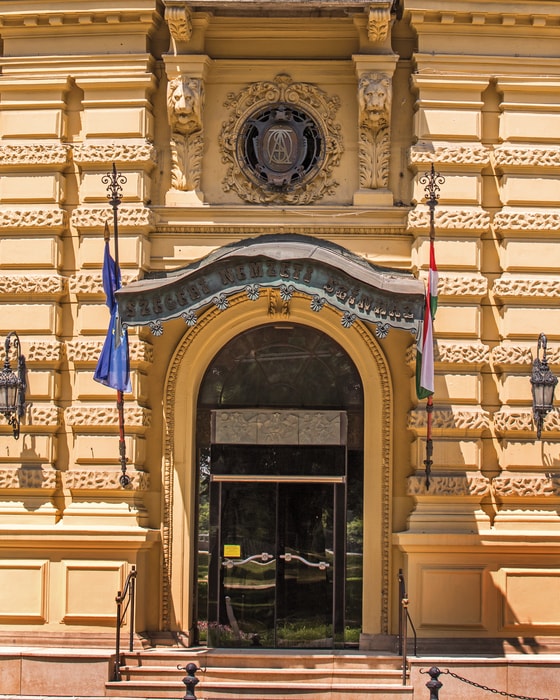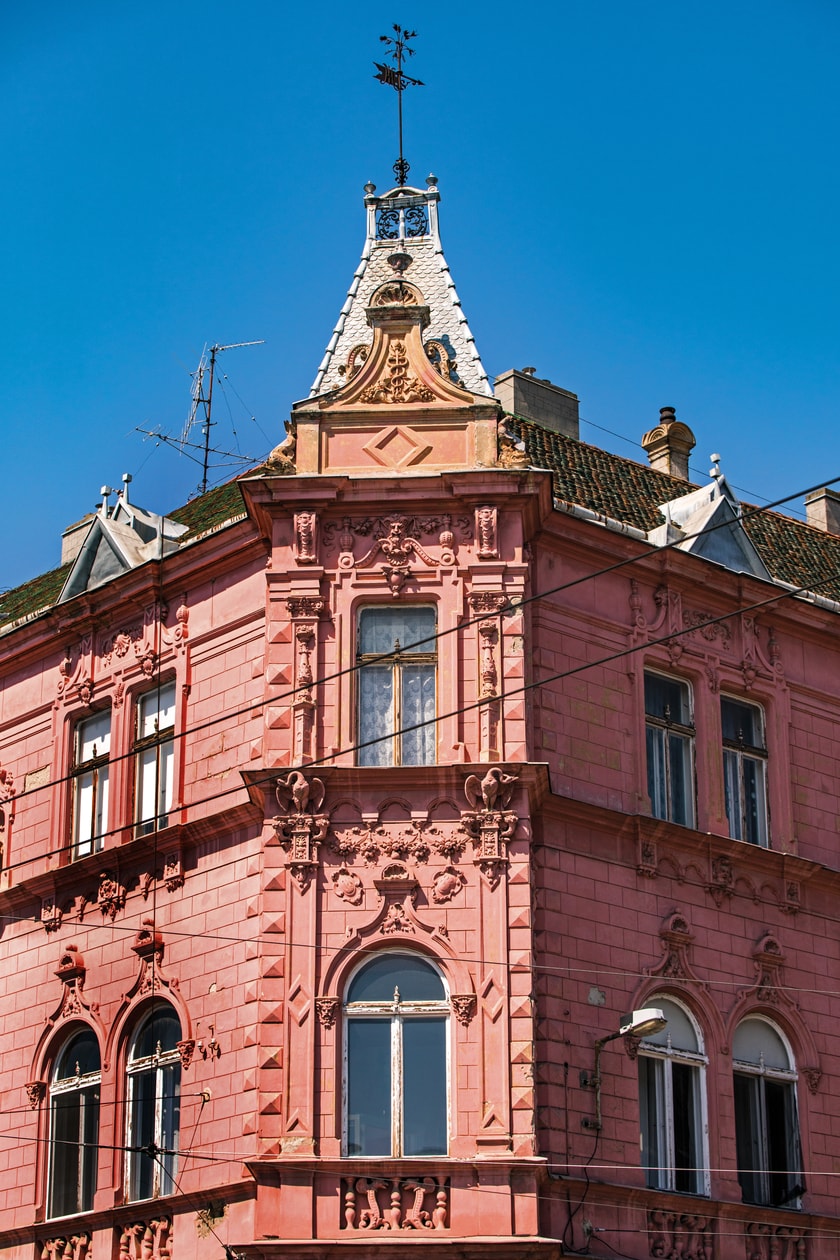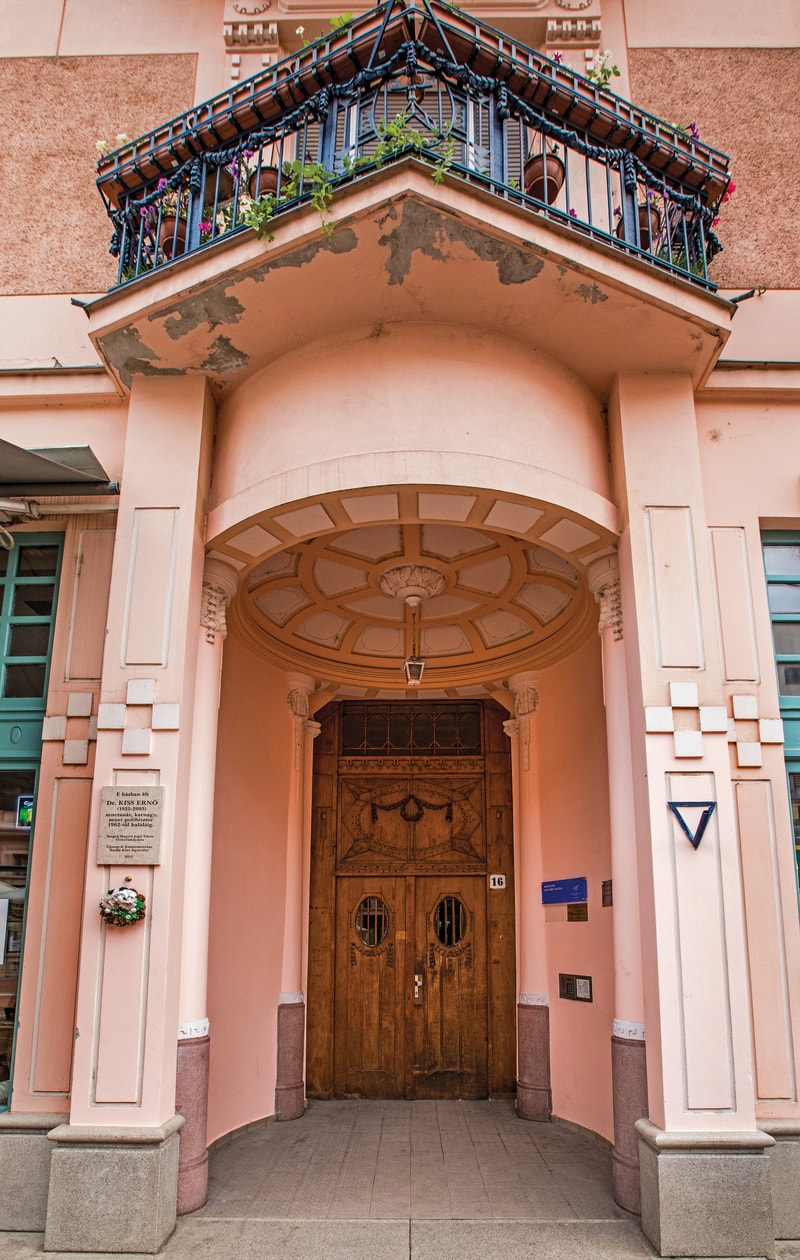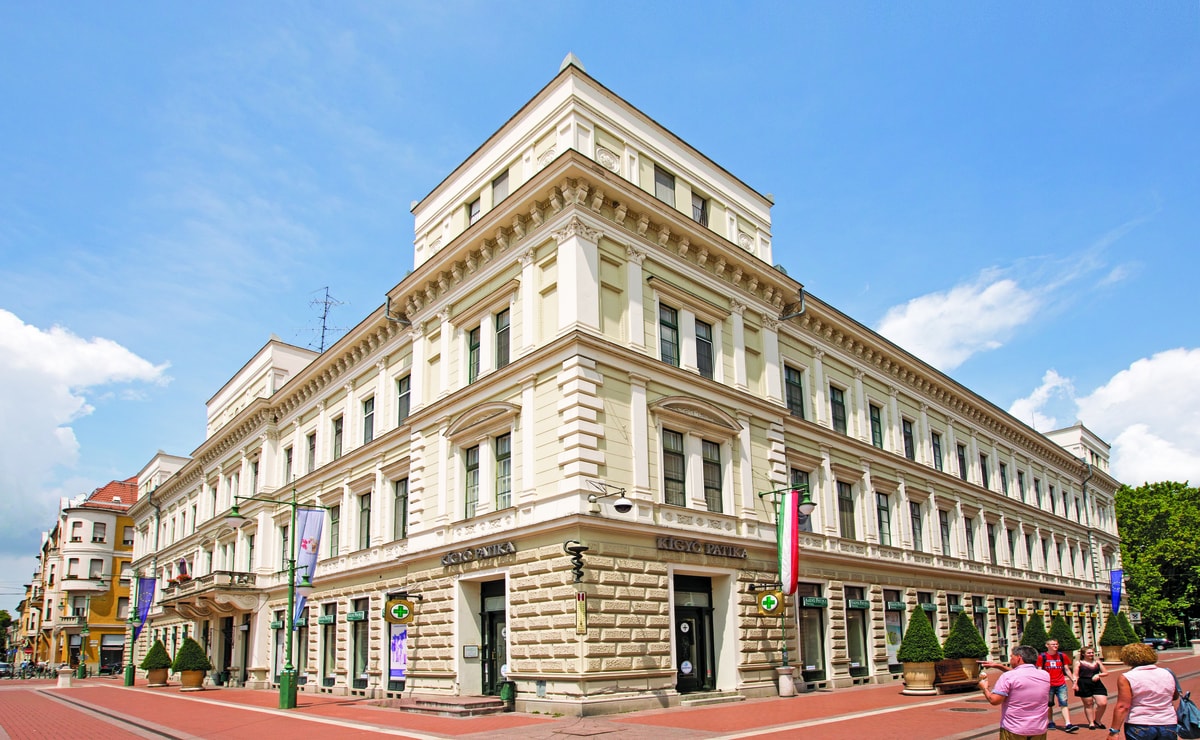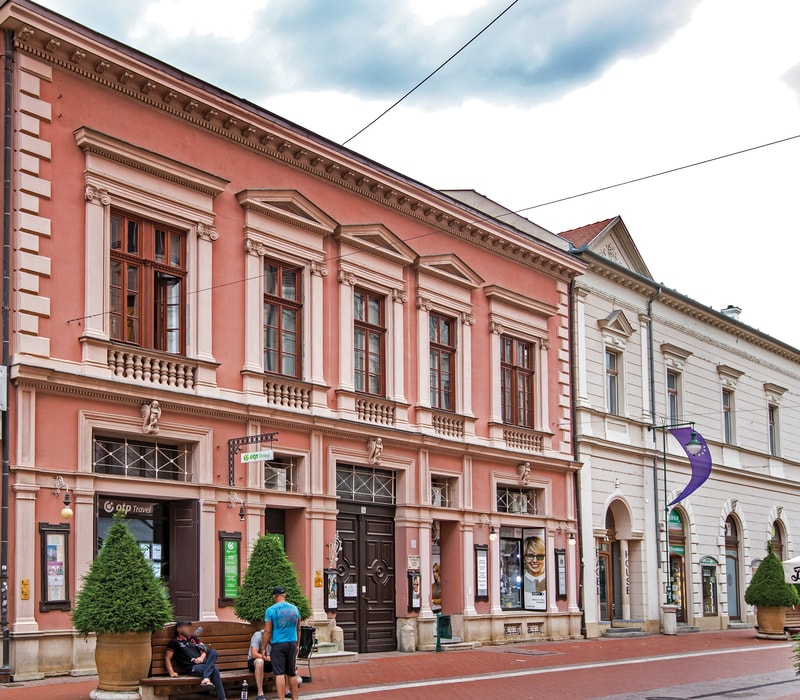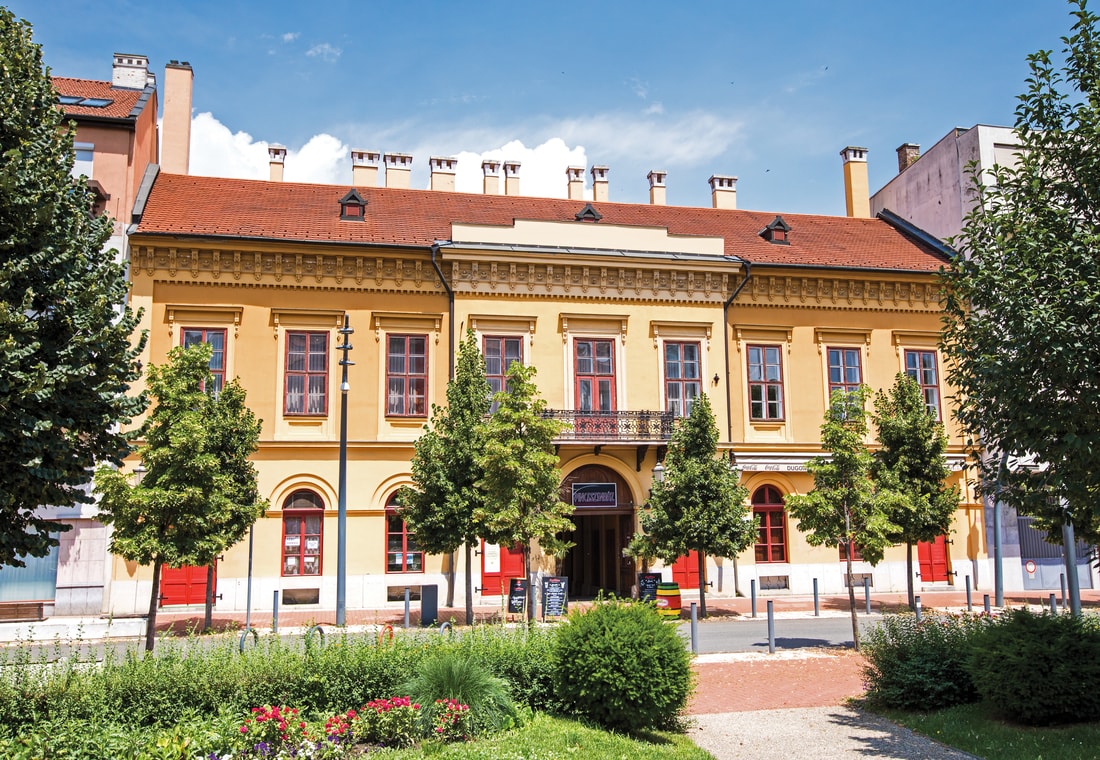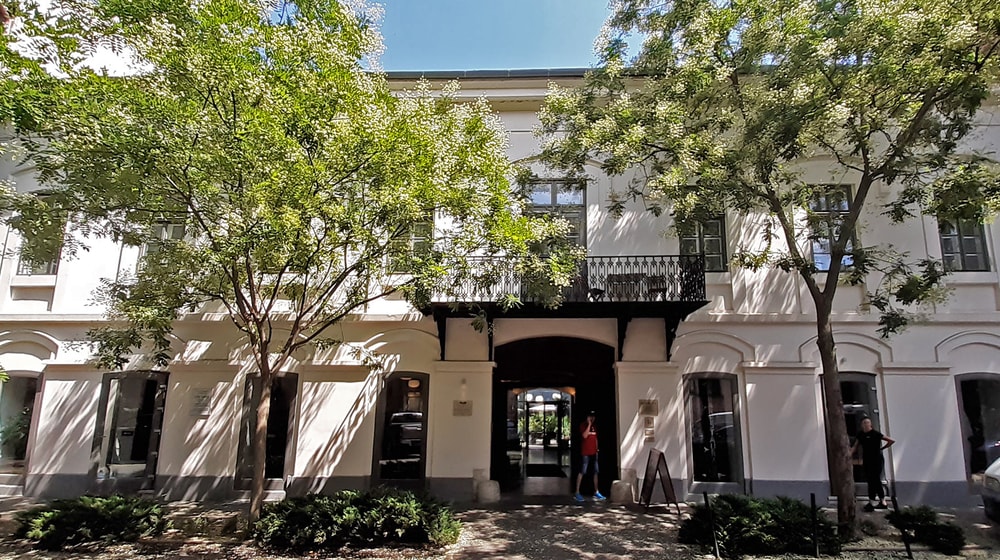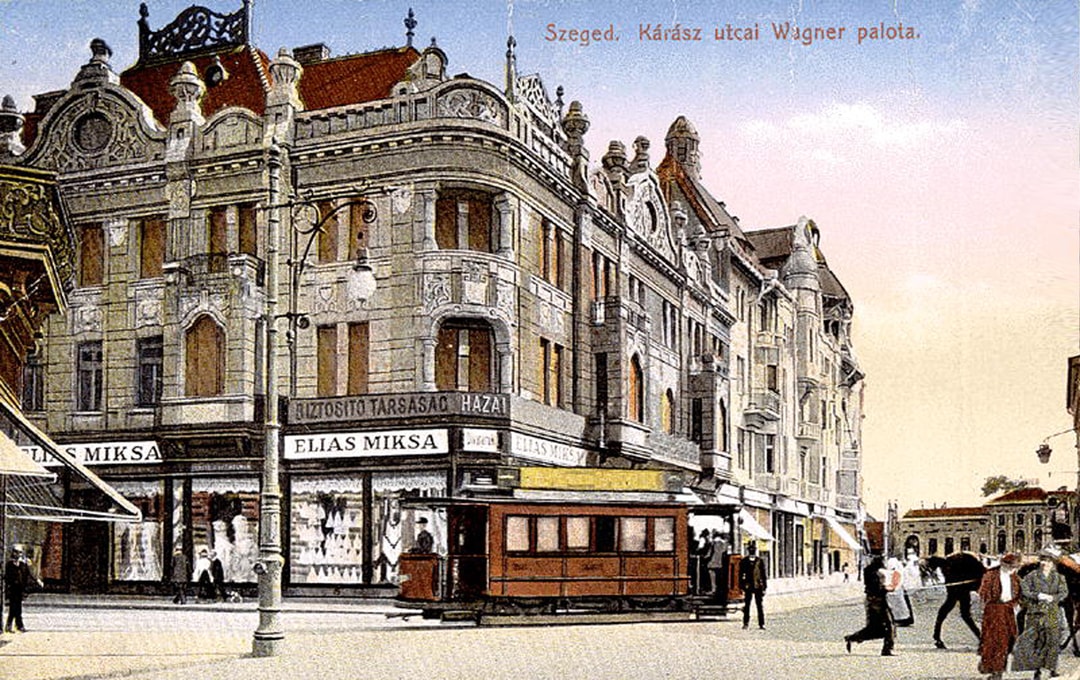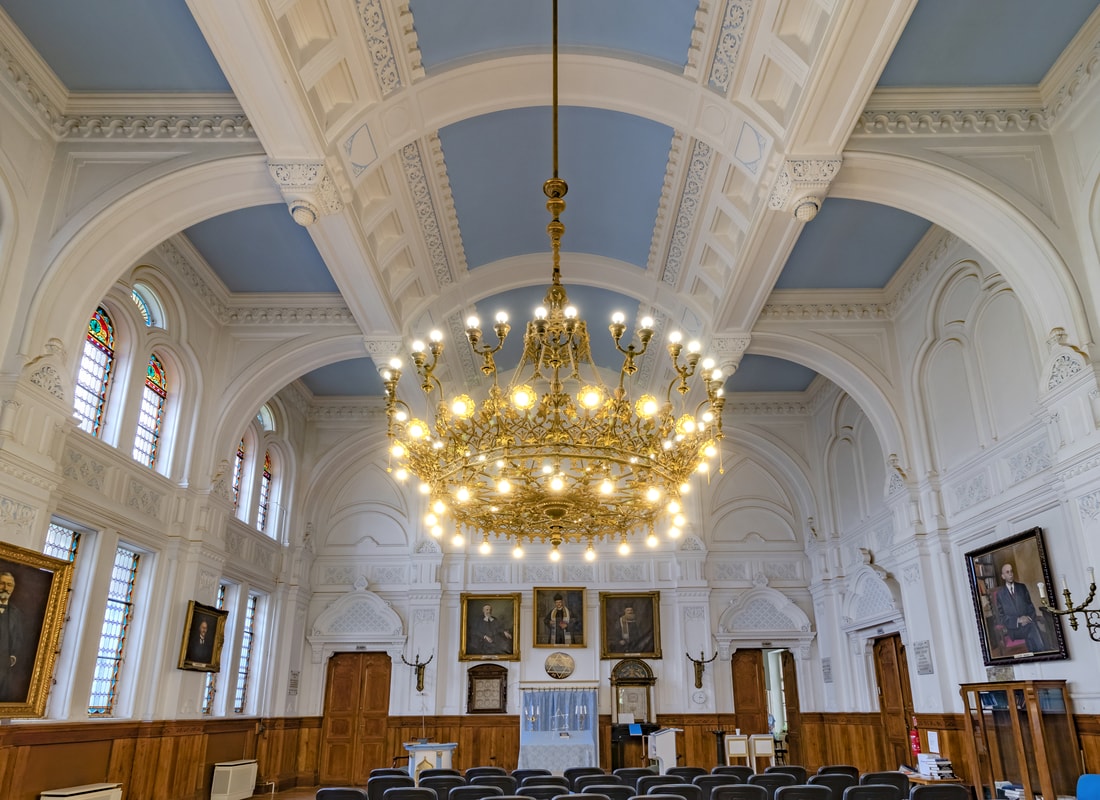Stone theatres had been built in cities of the countryside across Europe in the last decades of the 19th century. When Szeged was rebuilt after the Great Flood of 1879, the leadership contracted the Vienna-based Fellner & Hellmer Company (of European significance) to plan a theatre. Construction works were carried out by the local Jiraszek and Krausz Co. It was not the first theatre in town, the local theatre company had performed in a wooden building.
Site Tag: Attraction
Milkó Palace – The Strawberry House
The story of Milkó palace, nicknamed Strawberry House by the people of Szeged because of its colour, started in 1874, when Szabadka-born Vilmos Milkó and his sons – Jakab and Sámuel – founded the Vilmos Milkó and sons timber trading company. By that time, the Milkó family had already proven to be successful in business: they had already owned a steam-sawmill in Törökbecse, and prosperous wood shops in Szabadka and Óbecse.
Ungár-Mayer Palace
The Ungár-Mayer Palace was built between 1910 and 1911 according to the plans of Ede Magyar, the outstanding architect of Hungarian Art Nouveau style. The two wealthy contractors were Benő Ungár and Áron Mayer; Móricz Pick and László Tóbiás’ company carried out the construction works. Various forms of ornaments, such as spirals, waves, chessboard patterns, garlands and other geometric shapes decorate the building. The corner tower is the most accent piece of the building decorated by the architect’s favourite dancing figures.
Dávid Kiss Palace
The Kiss Dávid Palace, which is bordered by two streets and two squares, has survived the Great Flood, revolutions and two world wars and it is considered as one of the most valuable buildings in town. It is the greatest Eclectic Palace of Szeged
Lengyel Palace
Widowed Mrs. Lőrinc Lengyel furniture trader’s house was known to had been built, according to family lore, by the famous Vienna-based company Fellner and Helmer. Constructions started in 1893 and the new building was already standing in the following year.
Herzl House
The Herzl House is one of the few buildings that survived the Great Flood of 1879; according to remaining documents, Fülöp Herzl had it built between 1868 and 1872. The architect of the Classical style house is unknown.
Weiss-Vajda House
The Weiss or Vajda House is one of the few buildings, which had already been standing before the Great Flood of 1879. Jews in Szeged were granted a permission to settle and own properties anywhere in town from 1859, as a result, they had bought or built a series of nicely decorated multiple storey buildings before the Flood.
Politzer House
It is one of the earliest buildings surviving the Great Flood of 1879. It was built between 1858 and 1859 by Salamon Politzer (1811, Szeged – 1877, Vienna) who was president of the local Jewish community several times. The house was built in Romantic style which builder is uncertain: some attribute it to the Lipovsky brothers, architects of the Old Synagogue; others consider it Károly Hoffers’s work (he also designed the Vajda House).
Wagner Palace
One of the highlights of the famous main pedestrian street of Szeged is the modest Art Nouveau building of Wagner Palace at the corner of Kölcsey Street. The palace was built between 1904 and 1905 according to the design of Budapest-based Jewish architect Lipót Baumhorn. This palace is home to one of the richest citizens in Szeged
Headquarters Building of the Jewish Community
The building had been built parallell with the New Synagogue between 1902 and 1903. Its builder was Lipót Baumhorn, the same Jewish architect who designed the New Synagogue and further six commercial and residential buildings in Szeged in the early 1900s.
